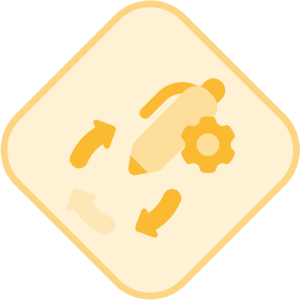Assignment 3: Landscape System Modeling: Difference between revisions
Jump to navigation
Jump to search
No edit summary |
No edit summary |
||
| Line 3: | Line 3: | ||
* Back to [[TELOS_Online_Seminar_2022-2023|seminar overview]] | * Back to [[TELOS_Online_Seminar_2022-2023|seminar overview]] | ||
---- | ---- | ||
[[File:Assignment3.png|300px|frameless|right]] | |||
Based on your systemic understanding of the local landscape and the identification of a sustainability challenge, you can now start building your alternative system model. | Based on your systemic understanding of the local landscape and the identification of a sustainability challenge, you can now start building your alternative system model. | ||
Revision as of 11:11, 6 October 2022
- Back to assignments overview
- Back to seminar overview
Based on your systemic understanding of the local landscape and the identification of a sustainability challenge, you can now start building your alternative system model.
You can make this spatially explicit by a general landscape development plan.
But we also want you to think further: How is your new landscape system going to work? Which value propositions will drive your system?
In order to apply the design thinking and social innovation methodology, it will be necessary to narrow down your observations to a tangible local environment of actors, places and processes.
Submission Time & Format
Your group outcome will comprise the following elements:
- A spatially-explicit translation of your vision to your local landscape context, for example in the form of a creative & visionary master plan.
- A business model canvas that explains how you are going to establish an innovative approach in your landscape. This may take the form of new product, a new service or a new cooperation model.
- A critical evaluation of the potential impact of your innovation.
Prepare a group presentation with your findings.
- We will present and discuss your approach on January 23, 2023, in parallel seminar sessions.
- You will submit both parts of this assignment together on the same day.
- Assignment 3 will be graded and it will determine 60% of your final grade.
Evaluation criteria for assignment 3
- Degree to which the assets and potentials of the local landscape have been taken into account
- Degree to which relevant elements of the business model canvas have been correctly understood and applied, in particular mission statement, value proposition, partnerships and key resources
- Creation of a coherent and logical modell
- Plausability regarding positive social and environmental impact of the new model
- Degree of innovation achieved
